Economic Development of India
by Devender
0 2410
The colonial powers left India but they took the wealth of India with them. The Indian condition after independence was very poor. There was poverty, illiteracy, ruined agriculture & industry, and the economy was distorted.
Economic Development of India
The Indian government had important challenges at hand like taking care of the population and economic development. To tackle these challenges, they had to choose from two models of economic development, one was liberal–capitalist model followed in the USA & Europe and the other one was the socialist model followed in USSR.
- Mixed Economy Model:
- The multi-pronged strategy of economic developme
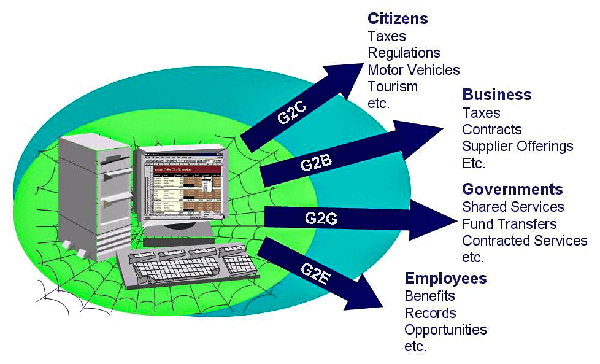 nt based on self-reliance
nt based on self-reliance - Rapid industrialization based on import-substitution including capital goods industries
- Prevention of imperialist or foreign capital domination
- Land reforms that involved tenancy reforms
- End of Zamindari system
- Introduction of cooperatives especially of service cooperatives like marketing, credit, etc.
- Why India rejected the capitalist style of Modernization?
- India had to reject this model as most of the population was illiterate
- Another reason for rejecting it was that modernization required breaking down of social structure which was not possible at that time
- Modernization was also associated with the ideas of growth, material progress, and scientific rationality but the people of India were too deeply involved in caste-based mentality
- There was a lack of education and resources to achieve modernization.
- Basically, lack of education, resources, capital and poverty, food insecurity, caste-based society were the main reasons for rejecting this capitalist model of economy
- The foreign exchange was not enough to pay interest to the international lenders so the government approached World Bank and IMF to tackle this economic crisis
- India got a loan of $7 Billion in exchange for opening the economy by reducing restrictions in several sectors and reducing the role of government in many areas
- These institutions wanted India to get rid of trade restrictions.
- LPG Reforms:
- The stabilization measures [short term]
- The structural reform measures [Long term]
- Liberalization
- Privatization
- Globalization
- Liberalization:
- Financial sector reforms:
- Tax reforms:
- Foreign Exchange reforms:
- Privatization:
- Globalization:
- National Task Force on Information Technology and Software Development in 1998, prepared the blueprint for making the adoption of IT as a national movement
- It established a wide network of empowered taskforce at all governmental & non-governmental levels
- In 1999, the Ministry of Information Technology was established by bringing together government agencies involved in different aspects of IT
- It was done for creating jobs to harness opportunities provided by convergence of communication technologies and to facilitate the use of IT in the use of Electronic Governance
- ICT provided new possibilities to take care of problems like rural poverty, inequality, and environmental degradation
- IT Industry India:
- Indian government uses ICT for the delivery of government information & services to citizens (G2C), to businesses [G2B], to employees [G2E], and to governments [G2G]
- By adopting the Information Technology Act in 2000, the Government of India initiated an e-government program
- The major aims of this act were to recognize electronic contracts, prevent computer crimes and make electronic filing possible
- The government approved the National e-governance Plan (NeGP) to enhance e-government initiatives in India in 2006
- Recently, the government has launched the Digital India Programme with an aim to take the Indian IT industry on a whole new level
- Every state and UT have implemented their own e-government services to serve their citizens
In 1954, the Indian parliament adopted the socialist pattern of society as the objective of social & economic policy. The model projected was a mixed economic model.
According to this model, the public and the private sectors were not only to co-exist but to be complementary to each other. It was designed in such a way that it provides as much freedom as much possible for the private sector to grow within the broad objectives of the national plan.
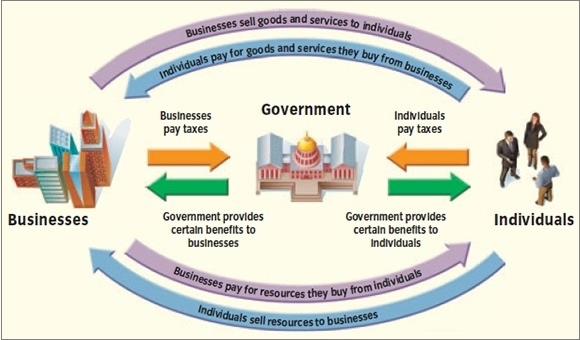
India adopted the mixed model having features of both, capitalist & socialist models. It was important as there was a mature indigenous entrepreneurial class consisting of Birlas, Tatas, Singhanias that developed an independent economic base which was an asset for post-independence planned development. Everyone agreed on the following agendas:
In that era, development had one meaning and that was becoming more and more modern like industrialized west countries.
New Economic Policy 1991
In the last part of the 1980s administration consumption started to surpass its income by such enormous edges that it became impractical. The expansion was taking off, imports filled in overabundance to the fare to such a level that unfamiliar trade saves declined to a level that it was not sufficient to fund imports for over about fourteen days.
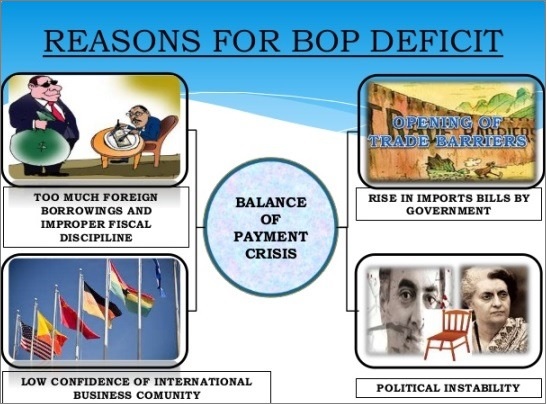
India was short on options so, they have to take this one and accept the conditions. Hence, India introduced its New Economic Policy with the main aim of removing the barrier to the entry of private firms and creating a more competitive environment for the economy.
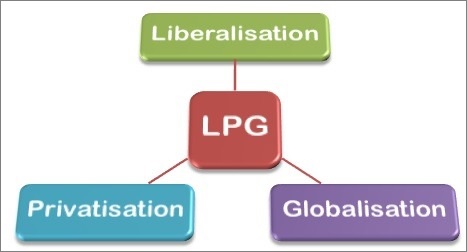
These reforms were classified into two types:
The policies initiated in these reforms fell under 3 heads which were:
These are together called the LPG reforms where the first two were strategies and the last one was the result of these.
Brought the end of Industry licensing for almost all industries except alcohol, cigarettes, hazardous chemicals industries, expensive electronics, aerospace drugs, and pharmaceuticals.
Defense equipment, atomic energy generation, and railway transport remained the only industries under the public sector. In many sectors, the market has been allowed to determine the prices.
The main aim of these reforms was to reduce the role of RBI from the regulator to facilitator of the financial sector. It led to the entry of foreign banks under certain conditions and starting of private sector banks.
Continous reduction in taxes on individual incomes and corporations. The method to pay taxes was also simplified.
The Indian rupee was devalued against foreign currencies initially which led to an increase in the inflow of foreign exchange.
The government gave up the ownership and management of various government-owned enterprises and also started disinvestment by selling off the equity of PSU’s which purpose to improve financial discipline and to facilitate modernization. The government also tried to improve the efficiency of PSUs by providing them autonomy to take managerial decisions.
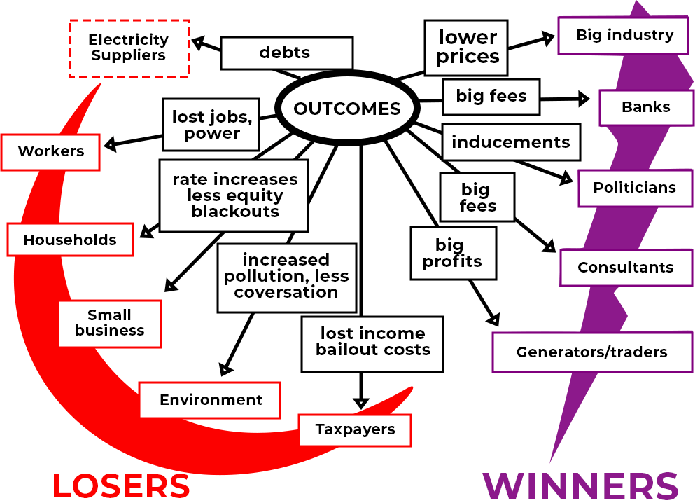
It was the outcome of both the above policies implying greater interdependence & integration. Globalization has been a mixed box of results, on one hand, it provided greater access to global markets, imports of high Technology, etc. and on the other hand, it provides developed countries to expand their markets to international levels.
Whereas, market-driven globalization has widened the economic disparities among nations and people.
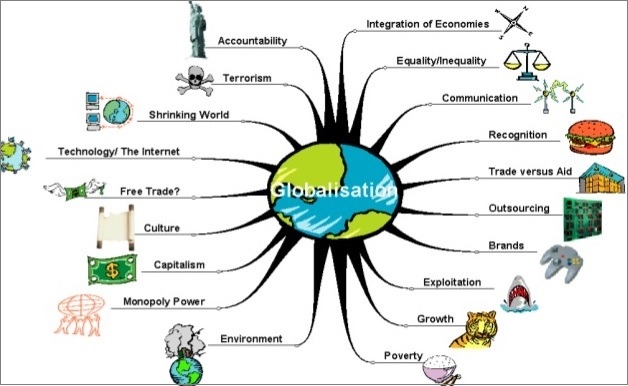
ERA of Information and Communication Technology
The path towards technology-induced development in India especially associated with ICT was started by the Rajiv Gandhi government in 1984. The government undertook an effective route to development with a massive program of computerization, launched in commercial and the public sectors undertakings and in administrative departments.
Information technology and communications have shown tremendous growth in the past two decades. The IT Industry in India comprises the software industry and information technology-enabled services [ITES] which also includes the BPO industry.
Now, India is considered a pioneer in software development and it also became the favorite destination for IT-enabled services (ITES).

Many other countries look to India as a model for global outsourcing and try to imitate elements of this in their own strategies.

Share:

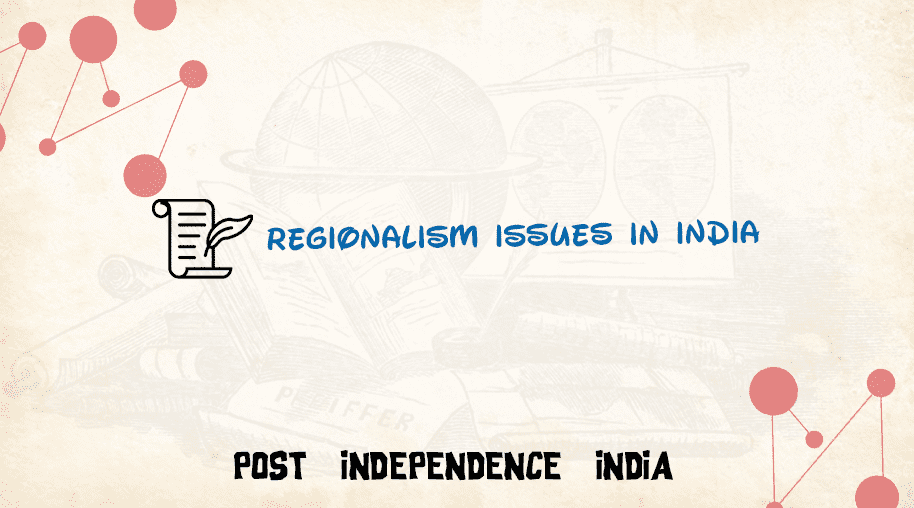
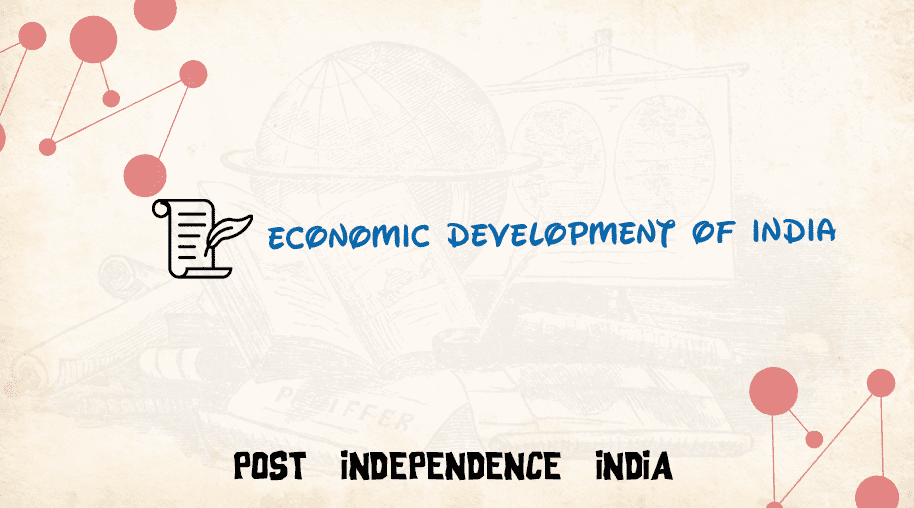
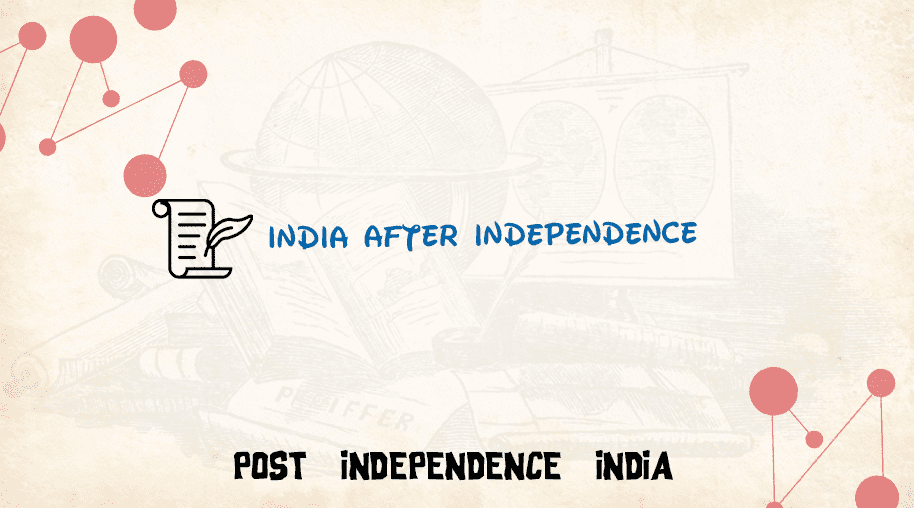
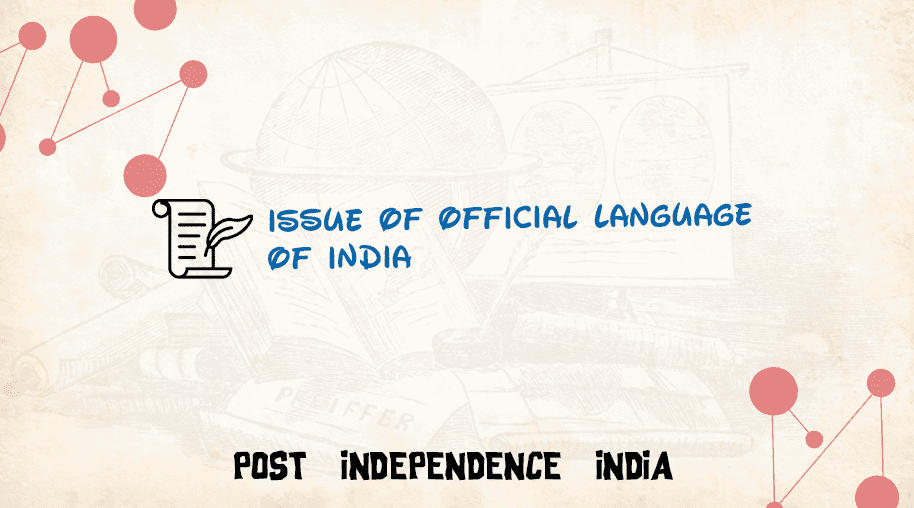


Comments
Waiting for your comments